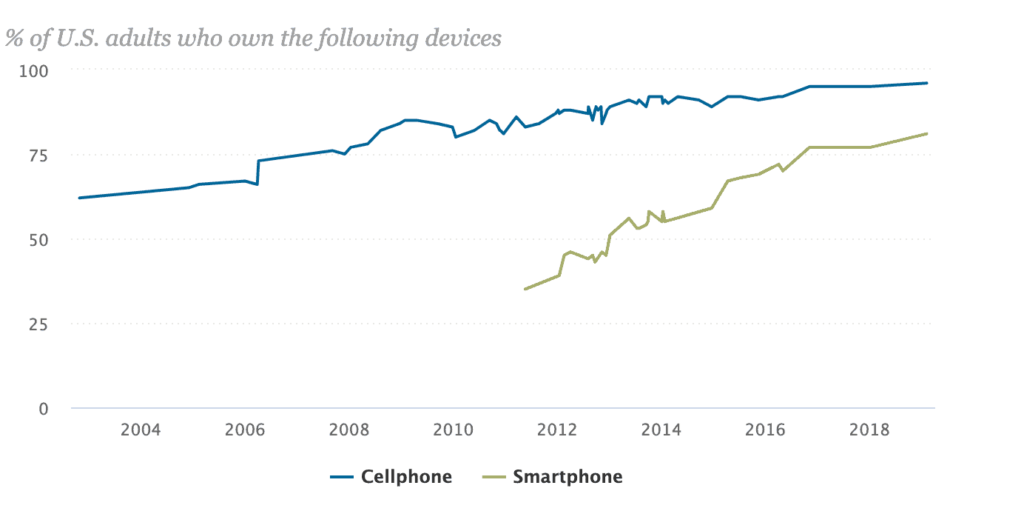Patient demographics comprise personal data like name, date of birth, residence, and insurance details. Patient demographics simplify medical billing, raise the standard of treatment, increase communication, and support cultural competency. Asking the correct questions, adhering to the rules, and utilizing medical software are all necessary for recording patient information. Ziaccu can help you out with the process and give you a peaceful and seamless working process.

What is patient demographics|| All you need to know
Patient demographics are the details that patients give to hospitals or medical facilities. Hospitals and doctor’s offices must be very careful when collecting medical patient demographic information. The essential data serves as the foundation of the medical industry, notably for health insurance claims.
Patient demographic information includes Name, Age, Gender, Allergies, Previous Medical History, Insurance ID number, SSN, Address, and Contact Information in the patient demographics data.
The importance of patient demographics
When done manually, the medical billing procedure can be very taxing. The procedure is time-consuming and delicate. Claims submitted with incorrect or outdated patient information may be delayed in processing or, worst-case scenario denied. This is where our team at Ziaccu comes into the picture. We offer automation of patient demographics in healthcare so that you can save endless records and keep them safe forever.
Patient demographics are crucial for both reimbursement and doctor assistance. The experts may determine the optimal treatment plan with the aid of crucial facts like allergies or medical history.
Understanding patient demographics in healthcare allows you to base judgments on the requirements and circumstances of each patient. The better you understand a person’s background, the more you may adjust your care to meet their requirements. For instance, a patient’s location may limit their access to emergency treatment, while their ethnicity and medical history may make them more vulnerable to certain diseases. The ability to put patients at rest, address their specific needs, and make them feel appreciated is another reason healthcare personnel needs to be culturally competent.
- Control the charging procedure.
Ziaccu understands how important it is to keep your bills proper. Our team helps you with the demographics where you can maintain a record of payments and manage the bills. The patient’s demographics determine the payers from whom you should request payment according to a criterion that considers insurance information. Information on demographics, including insurance details, explains where to mail your final bill and how to pursue outstanding claims. Your billing procedure can take longer if you don’t gather these demographics.
- Facilitate communication with patients.
Your practice will only benefit from sending patient statements to an updated address. An effective strategy to prevent this problem is by gathering patient demographics. Phoning an old phone number will only be effective if you call patients to confirm appointments or request payment on past-due invoices. Most medical software provides patient interaction features, including an online patient portal and automatic patient reminders. Utilizing them may decrease no-shows and cancellations while educating your patients and encouraging more patient engagement in their health and fitness.
- Boost patient care.
You’ll see that many of the inquiries you would make to ascertain patient care and risk factors are answered by their demographics. For instance, you’ll know to screen for osteoporosis in patients with the relevant demographics if you know that 1 in 5 women at least 50 years old have the condition. This preventative strategy supports the growing value-based patient care models that potentially enhance patient outcomes.
- Boost cultural sensitivity.
Practitioners should consider how patient demographics in healthcare may relate to certain lived experiences and worldviews while speaking with them. For instance, Black Americans frequently mistrust medical professionals. Black patients should be cared for by a practitioner who strongly understands their culture. The place to start is with the patient’s demographics.

Getting and keeping track of patient demographics
Demographic data collection and tracking procedures should be standardized, much like other patient intake and registration procedures. The problem is that several practice management professionals have repeatedly seen faulty patient demographic collecting and tracking procedures. Thus, it is best to connect with us at Ziaccu; we will be your saviors for medical and demographic information. The following advice and techniques can assist your business stay clear of this problem.
Make the proper inquiries.
To inquire as to whether your information is current is one thing. One of two things happens when a patient asks this question: either they have to make an effort to check out your facts about them or assume it’s accurate. Both outcomes are undesirable because you want the patient intake procedure to be as effective as possible and because patients may be misinformed despite their belief that your information is accurate.
Pose the appropriate inquiries.
The ideal way to acquire medical and demographic information differs from developing a list of detailed questions. In fact, it’s not unusual to hear accounts of patients who felt insulted when their demographic information was requested. Additionally, some patients could object to disclosing particular kinds of data. Determine how you’ll pose the questions you’ve thought of to get around this problem.
Find out the data-collecting technologies the authorities suggest or demand.
All medical practices must collect and monitor patient data in compliance with a set of rules and regulations, even though no two practices will collect and track patient data precisely in the same manner. Regulations governing patient demographics at the state level may also apply to your clinic. You need to adhere to the rules that have been stated under HIPAA act to function without any compliances in your hospital.
Conclusion
Anyone who has ever gone to the doctor has filled out registration paperwork with information about their name, residence, biological sex, and other details. While it is true that this information is utilized to enable higher-quality care, it is not the full picture. Long-time healthcare professionals are aware that gathering patient demographic information also solves a number of other issues. Running a successful healthcare company depends on collecting correct patient demographic data and keeping it current.
